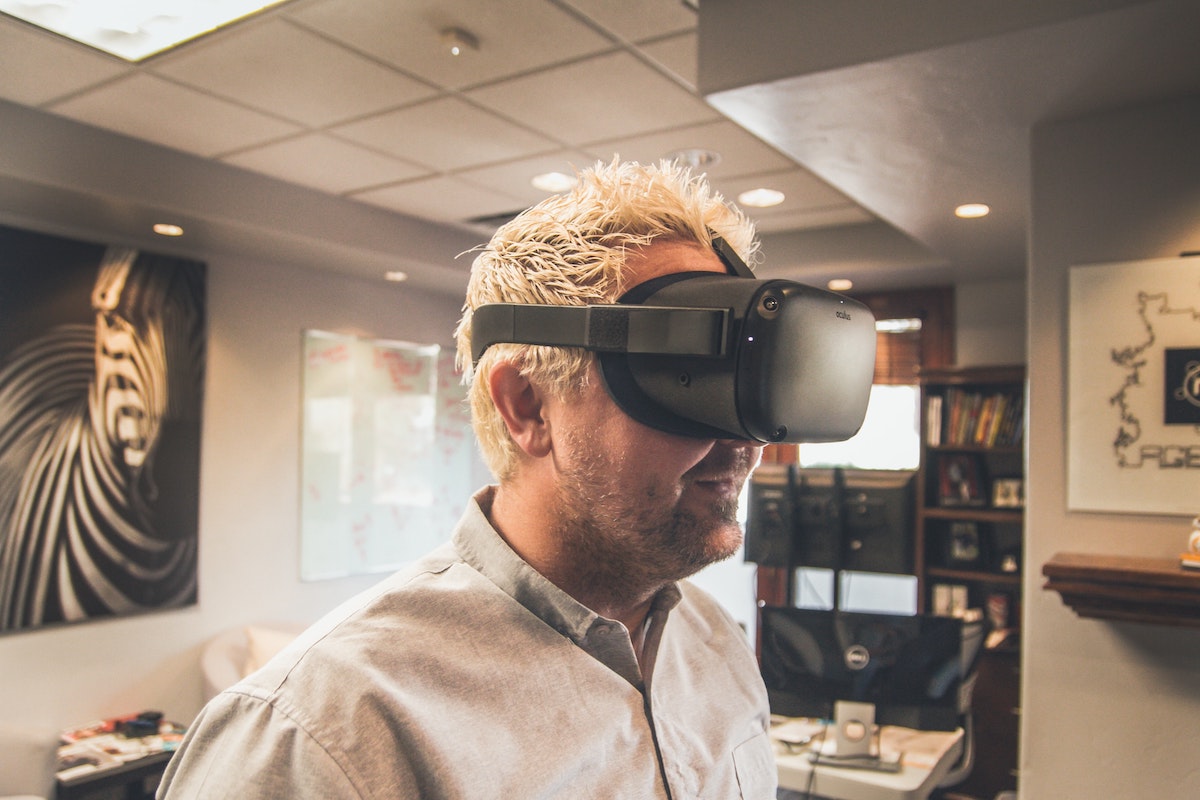By: Jeff Snyder
The pandemic caused brands in all industries to embrace virtual events. But even once the pandemic eventually subsides, these digital experiences will continue to deliver value.
COVID-19 has forced many companies out of their comfort zones — especially when it comes to their strategies for hosting events.
During the pandemic, businesses that depended on in-person experiences to attract and engage consumers found themselves struggling to stay afloat. However, this challenging time also served as an innovation incubator for those companies. While some brands had already begun exploring virtual event tactics like group classes and livestreams before the pandemic, the need for social distancing brought events into a virtual era — complete with new consumer needs and expectations.
In-person experiences allow brands to get close to consumers, but they come with limitations (including size constraints). They simply cannot compete with virtual events when it comes to reaching vast numbers of attendees regardless of location. For in-person events, sponsorship fees at music festivals or sporting events can be a heavy price to pay for companies to get their brands in front of large consumer groups. A company can build and promote its own experience in the virtual world, and the consumers will come.
WarnerMedia and DC Comics figured this out quickly. In June 2020, they created “Wonder Woman: The Themyscira Experience” on the online game platform Roblox as part of their marketing strategy for the film “Wonder Woman: 1984.” Within the virtual experience, users could explore the character’s homeland, play minigames, win badges, and dress up in virtual clothes inspired by the movie. As of January 2021, the game had more than 20 million visits from new and repeat players.
Even though some scientists are optimistic that we’ll be able to return to relative normalcy soon, one thing seems clear: Virtual experiences are here to stay because so many consumers appreciate their creativity and ease of accessibility. And when executed right, these events can seem just as personal as in-person experiences. The trick to moving forward successfully will be continued innovation.
Creating a Successful Virtual Event
When the pandemic struck, many marketers with plans for in-person experiences had to pivot to virtual in a hurry. However, virtual experiences go far beyond creating one-way videos or inviting attendees to a videoconferencing session — especially with so many consumers experiencing Zoom fatigue. Once the pandemic ends, in-person attendees will expect unique hybrid event techniques that combine the best aspects of in-person and virtual approaches.
Virtual events have a different cadence than in-person gatherings, so the experiences that companies create need to be engaging and innovative to maintain attendees’ attention. As companies adapt to this new business landscape and create successful virtual experiences, they need to continue to innovate in these two areas:
1. Prioritize the Quality of Audio and Video
When it comes to virtual experiences, audio and video quality is of the utmost importance. Finding the right mix of live and prerecorded content — and navigating between segments and speakers with timely animations — can make a massive difference in the audience’s experience. By nature, a virtual experience can only cater to two of our five senses, so it’s critical to nail the sight and sound elements to bring these events to life.
Some companies have made this shift with flying colors. When the pandemic struck, Airbnb announced plans to pivot its Airbnb Experiences program to virtual avenues. The move enabled attendees from all over the world to register with hosts for Zoom-based classes or tours such as a “coffee masterclass” or a “guided sheep meditation.” Not only was the concept brilliant, but the execution was equally stellar. From clearly communicating attendee instructions prior to events (such as outlining what ingredients or materials to have on hand) to its immersive storytelling during events (perhaps through carefully chosen camera angles and select sounds), Airbnb set the bar high for virtual experiences by fully engaging attendees’ senses.
2. Engage Attendees Creatively
As with in-person events, consumer engagement is paramount. That means giving attendees the ability to make the experience their own, whether it’s through a dedicated social feed where they can share their opinions and experiences, a live Q&A session, or a choose-your-own-path adventure.
People should be able to “move” around a virtual event and interact with other attendees just as they would during an in-person experience. When Inspira Marketing Group helped Argenx launch MG United, a platform developed to build community among those affected by the rare autoimmune disease myasthenia gravis, we hosted a virtual celebration. The event featured a variety of activities, including the debut of the new website, a sneak peek at a new documentary on MG, a panel conversation with the filmmakers, a virtual art gallery, and more. For the finale, we brought the physical world back into the picture by illuminating landmarks across the country in MG’s signature teal. Our goal was to bring to life the education and community generated by the platform.
Virtual events won’t just fade into the background the second live events become commonplace again. Brands from various industries have found that the virtual world provides a blank canvas for creativity, and in-person audiences will expect unique hybrid techniques moving forward to liven up their experiences. While many consumers will be eager to return to live events, others may remain leery of large crowds for the foreseeable future. Creating virtual and hybrid experiences — and allowing consumers to participate digitally or in person — will ensure that no one misses out.
About the Author
 Jeff Snyder is the founder and chief inspiration officer at Inspira Marketing Group, a brand experience agency headquartered in Norwalk, Connecticut, and New York City.
Jeff Snyder is the founder and chief inspiration officer at Inspira Marketing Group, a brand experience agency headquartered in Norwalk, Connecticut, and New York City.
Featured image via Unsplash.

